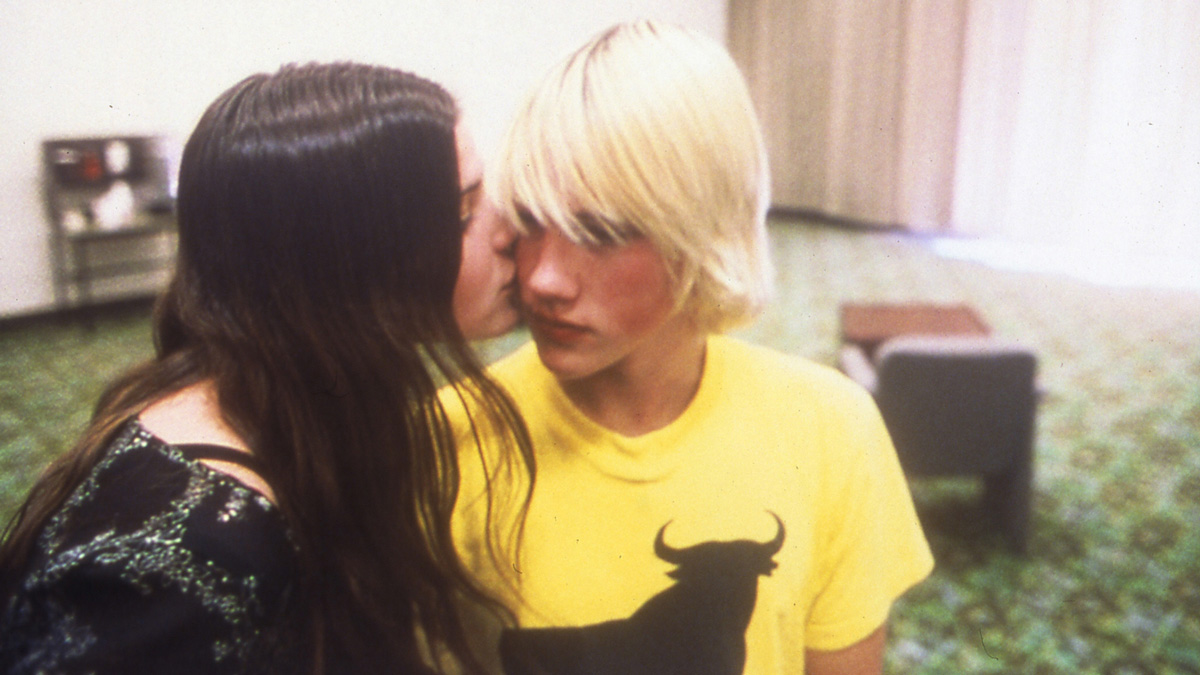
(c) Photofest / Getty Images
"Elephant" Gus Van Sant and Harris Savvides take on the challenge of realism and ultimate minimalism. What is the world-recognized “Death Trilogy”?
2020.01.31
One scene, one cut, long take
In the early 2000s, the director seemed to be looking for an opportunity to escape the Hollywood formula and pursue the creative pursuits he always wanted to pursue. Specifically, he had an irresistible fascination with the one-scene, one-cut, long-take technique used in Tarkovsky's works and in Tal Béla's Satantango(1994). By abolishing the cinematic grammar used to explain situations, giving freedom to the actors, and letting the camera continue to film the situation, it is an attempt to create a reality that is as far away from cinematic fiction and lies as possible.
According to an interview with the director, he did not specify the timing, but when he told an executive at a film company that he wanted to make a movie about the Columbine High School shooting incident, he was introduced to a certain film, and he said that he wanted to make a movie about the Columbine High School shooting, and he said that he wanted to make a film about the Columbine High School shooting incident, and he was introduced to a certain film, and he said that he wanted to make a film about the Columbine High School shooting. The reply was that they would consider it. That was the 40-minute television short film "Elephant" produced by the BBC in 1989. By the way, in English there is an analogy called ``the elephant in the room'', which refers to something that is a well-known fact but no one wants to touch on it.
“Elephant” is set against the backdrop of the Northern Ireland conflict, and it plainly depicts 18 murders, but without any explanation, a nameless man shoots a nameless man to death in a certain place. In another location, a nameless man kills another nameless man with a knife, and in the next location...and so on, the 18 scenes continue without any pause. For the most part, the camera just follows the back view of the man he kills, but this is a unique piece of work that has a strange charm that keeps the tension flowing even in long takes, making you watch it all the way to the end.
The director no longer had any doubts about how to reduce the number of cuts while still increasing the quality of the film, and decided to continue with this style for the trilogy, even giving the film about Columbine High School the same title as ``Elephant.'' Additionally, the director of BBC's Elephant had passed away at that time, so permission was obtained from Danny Boyle, the film's producer.

